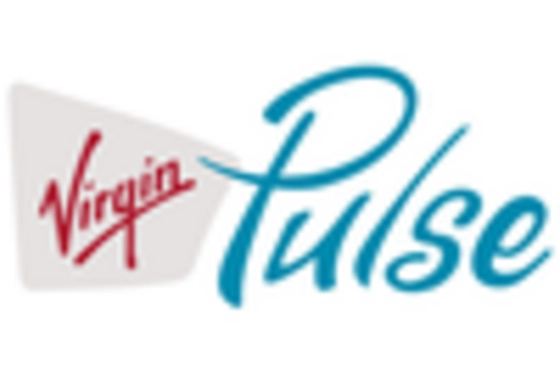Market Analysis
In-depth Analysis of US Corporate Wellness Market Industry Landscape
The way we work changed a lot because of COVID-19. Many people now work from home, and it's sometimes hard to separate work from personal life. In countries that are still growing, businesses are starting to care more about their employees' well-being, just like in developed countries. A survey in 2021 found that 68% of top HR leaders think that the well-being and mental health of employees are really important. Companies are now using more corporate wellness programs in these growing countries to make sure their employees are doing well. These programs offer things like free online counseling and meditation apps to help employees with their physical, emotional, and financial health. This increased focus on the well-being of workers is expected to create new opportunities for the corporate wellness market to grow.
Working from home during the COVID-19 pandemic made it tricky to balance our jobs and personal lives. This shift has made many companies, even in developing countries, realize the importance of taking care of their employees' well-being. They're learning from developed countries and starting to make employee health a top priority. A survey in 2021 showed that 68% of important HR leaders think that employee well-being and mental health should be at the forefront.
To make sure employees are doing well, companies in developing countries are now using corporate wellness programs more than before. These programs offer different benefits to help workers, like free online counseling sessions and meditation apps. These tools aim to improve not just physical health but also emotional and financial well-being. This extra attention to the health and happiness of employees is expected to create new opportunities for the corporate wellness market to grow.
In simpler terms, many people are working from home because of COVID-19, and it's sometimes hard to balance work and personal life. Now, even in countries that are still growing, companies are realizing they need to take care of their employees. They're using special programs to help workers with their health and happiness, and this is expected to make the corporate wellness market grow.

















Leave a Comment